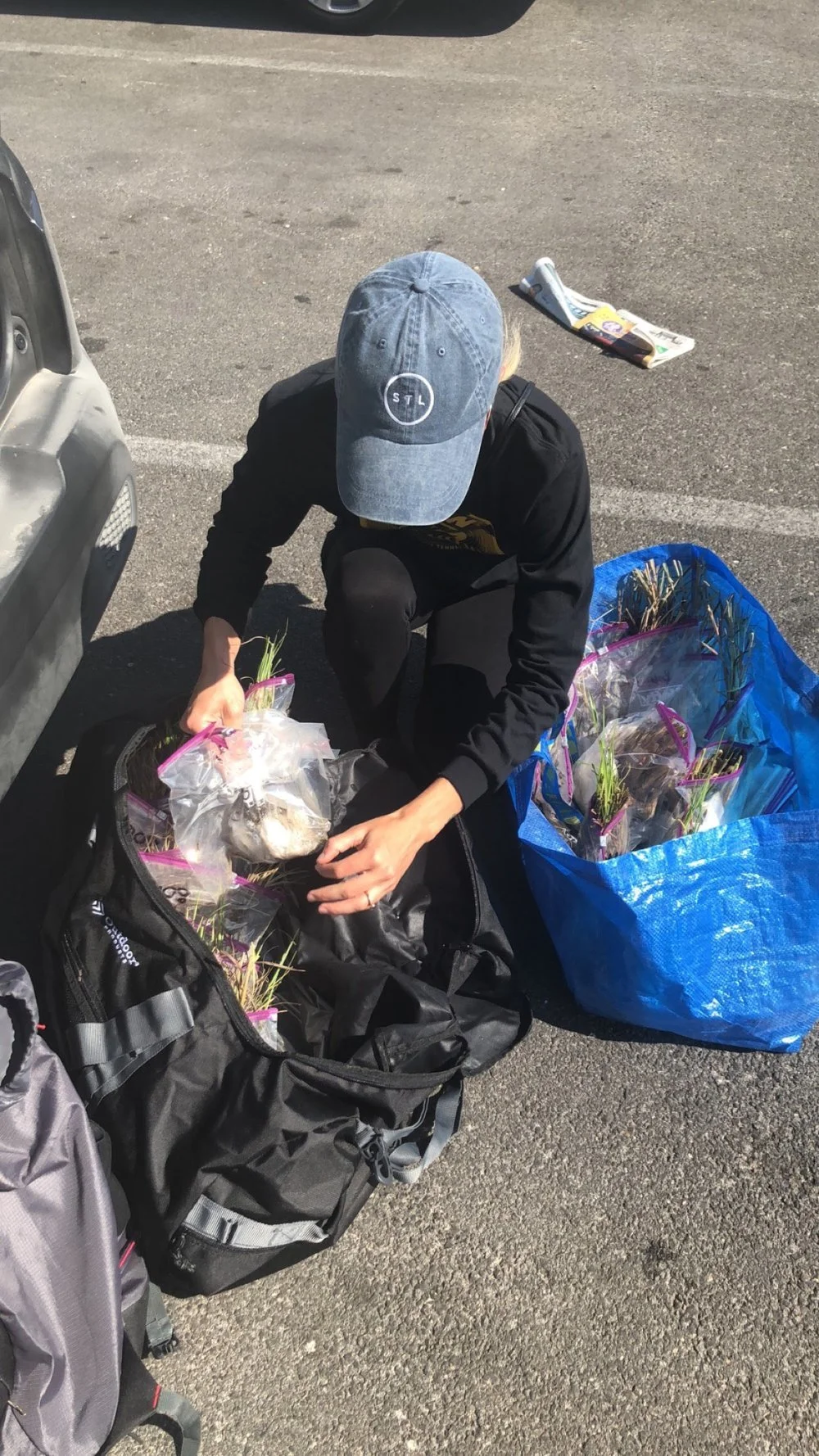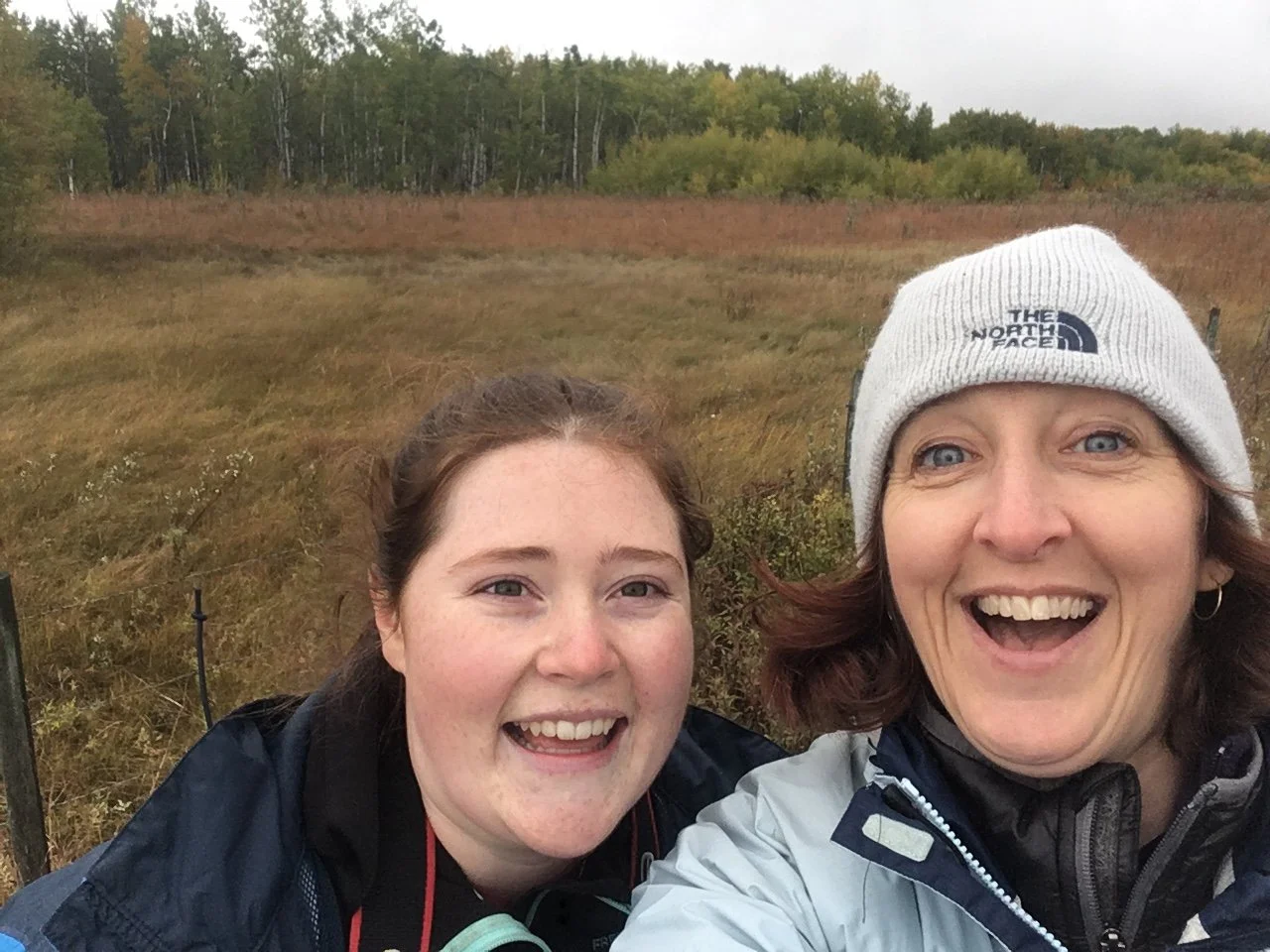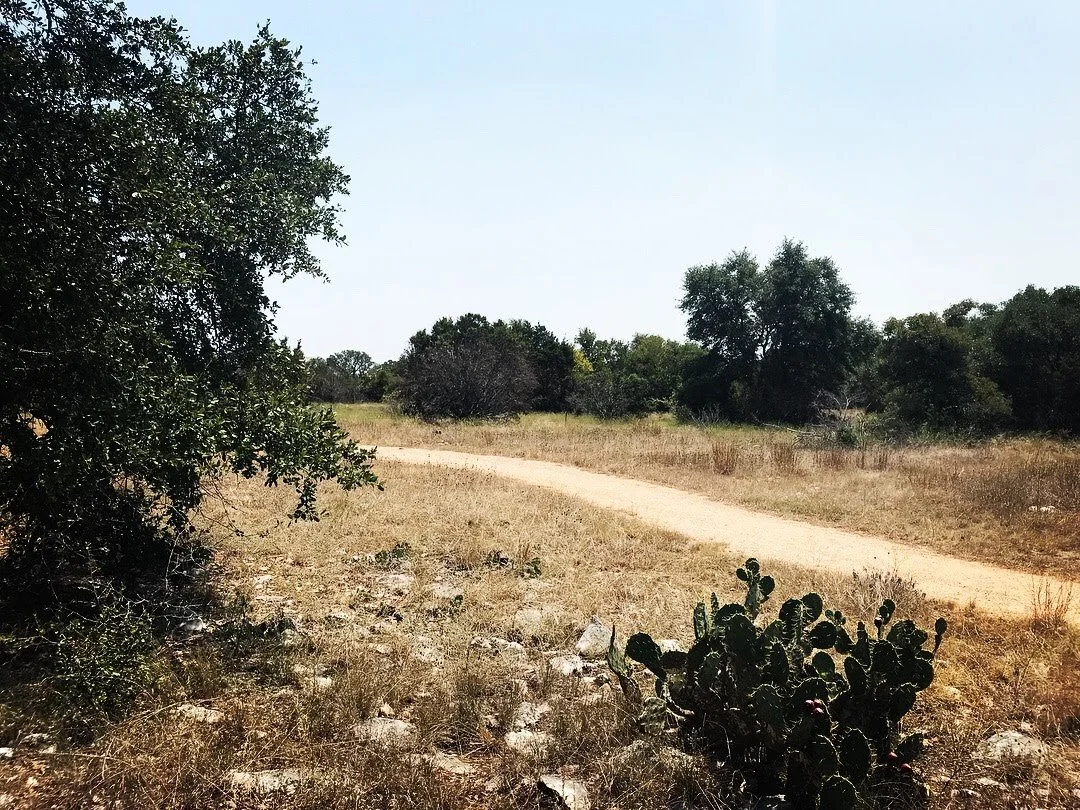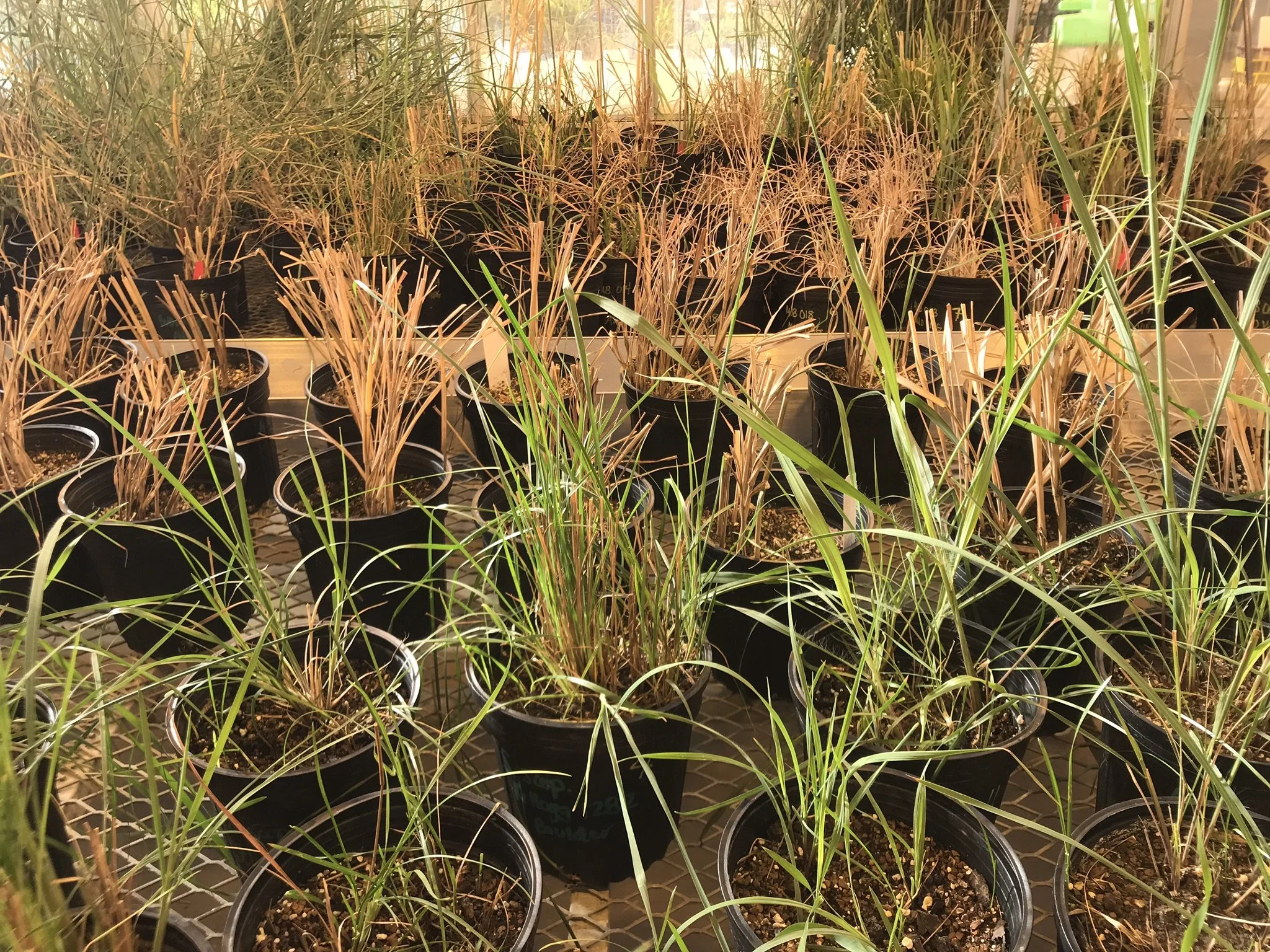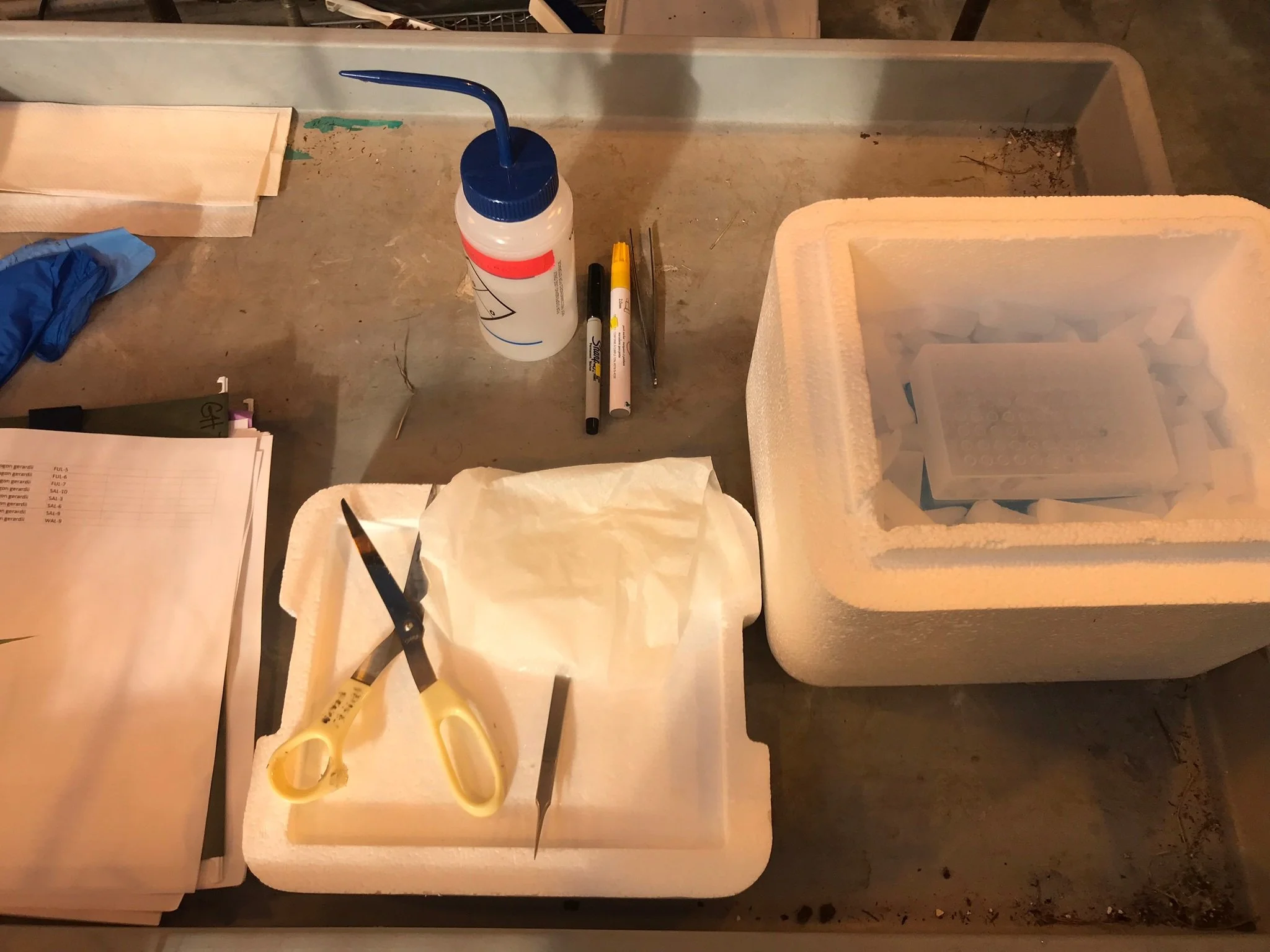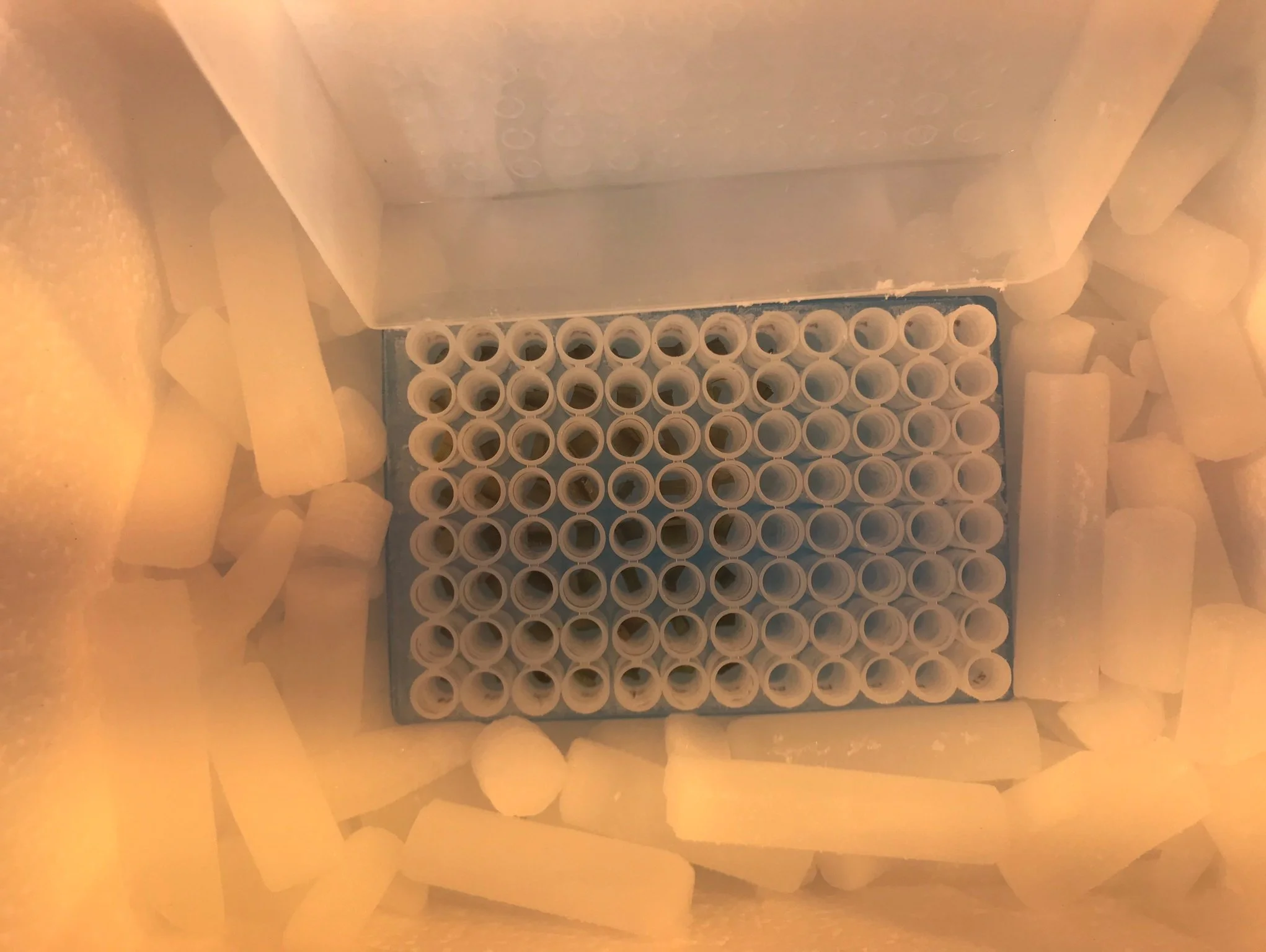Project Pan-Andropogoneae
Studying the Andropogoneae clade instead of focusing on a single species allows for the observation of variation between species (we’ve collected Andropogon gerardii, “Big Bluestem,” in Austin, Texas as well as Manitoba, Canada.) The nucleotide diversity in natural populations includes variants that have been tested over evolutionary time and have been selected to thrive despite millennia of deleterious mutations.
The challenge: identify variants across their genomes inexpensively and at scale, while also providing insights into their mode of action. By surveying Andropogoneae diversity generated over billions of years of evolution, we can understand how selection favors certain functional variants across different levels of molecular biology (RNA, DNA, proteins, etc).
Collection goals
In order to obtain the large level of species sampling needed across their range, several panels were created to better organize the overall objective: Population Panel, Environmental Panel, and Tribe Panel.
Population Panel: Field collections. Here, we’ll sample ten different species across their native geographical range spanning different temperature and precipitation gradients, 7 in North America, (Andropogon gerardii, Schizachyrium scoparium, Andropogon virginicus, Bothriochloa laguroides, Sorghastrum nutans, Tripsacum dactyloides, Elionurus tripsacoides), 3 in Australia, (Themeda triandra, Cymbopogon refractus, and Heteropogon contortus). For each species, we’ll collect ten different populations consisting of at least ten distinct individuals, bringing the total number of grasses collected in the field to 1,000.
Environmental Panel: This panel adds 50 more species for diversity representing as many growth environments and forms as possible from which we can access viable clones for genome assemblies. Some will come from our greenhouse, some will be collected in the field.
Tribe Panel: In order to maximize total evolutionary time and replication of environmental adaptations, we’ll sample as many species as possible from the Andropogoneae family with the goal of about 900 species. Our lab, The Kellogg Lab, already has DNA from several hundred species, we’ll start there.

